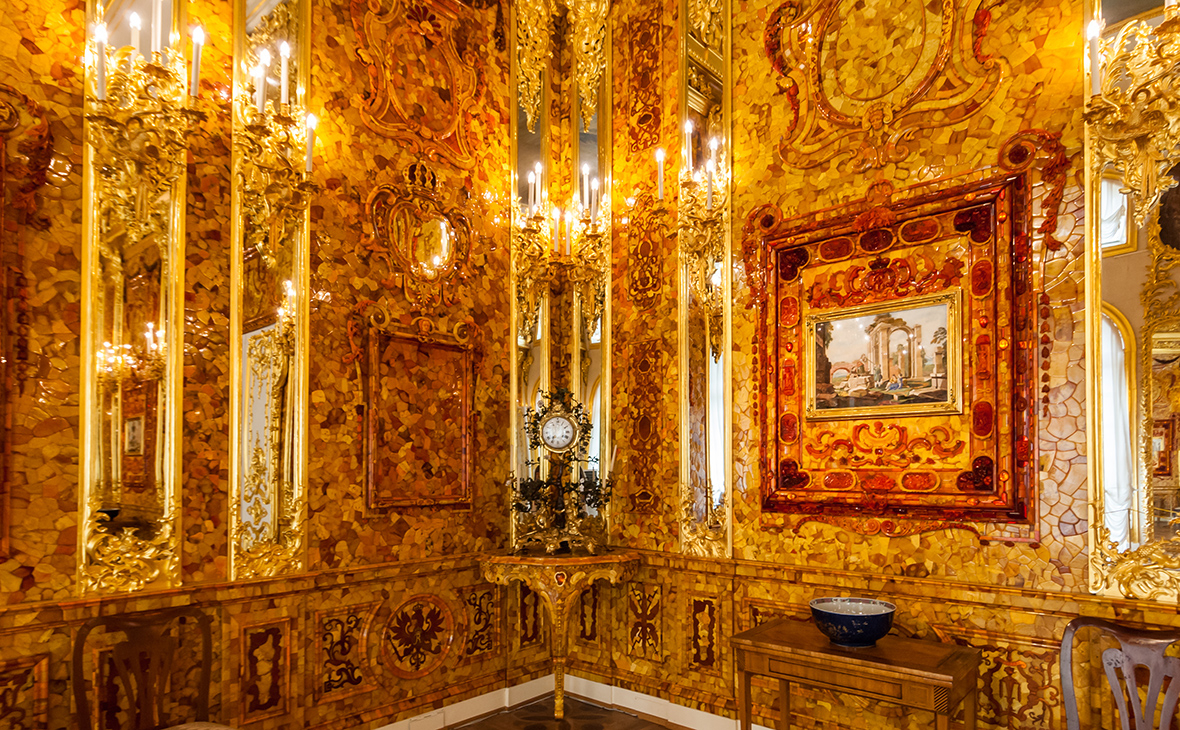This website is best viewed with Adobe Flash Player 9 or higher.
Amber: Unraveling the Mysteries of Solar Gems
For centuries, the allure of radiant cabochons, those rounded fragments of solidified resin with a convex upper part, has fascinated treasure hunters, scientists, and artisans alike. In this article cooperating with yantar.ua shop, we delve into the rich history, myths, and intriguing tales surrounding solidified resin, offering insights on where to procure exquisite amber jewelry.
Ancient Legends
Dating back to the late Paleolithic era, amber has inspired countless fairy tales and legends across cultures. Here are some captivating stories:
Among the Poles and Lithuanians, the emergence of cabochons was linked to Jurate, the mistress of the sea. Legend has it that her love for a fisherman named Kastitis incurred the wrath of the supreme ruler Perkunas, resulting in divine punishment. During storms, waves would carry ashore blocks of solidified resin resembling the walls of Jurate's palace or tiny droplets symbolizing her tears.
According to Baltic Slavs, all amber was safeguarded in the nest of a colossal bird named Gaui until a greedy man ordered its theft. While attempting to steal a necklace, the servant dropped it into the water, scattering fragments along the coast.
In the Kurpi region, folk songs recount a devastating flood lasting 40 days and nights. Gemstones serve as poignant reminders of those who perished and the anguish of their loved ones.

Amber's Influence
Amber was believed to possess protective qualities against epidemics, infertility, and malevolent spirits. Burning amber pieces emitted fragrant smoke believed to ward off diseases, enhance mood, and bolster the health of mothers and infants.
New Discoveries
Despite centuries of speculation, modern technologies have unraveled the mystery of amber's origins. Ultrasonic scans and radiocarbon analysis revealed that native amber formed from the resin of Pinus Succinifera pines between 100.5 and 23 million years ago, earning it the moniker "succinite."
Historical Significance
Amber enjoyed significant popularity in ancient trade, particularly during the Roman Empire. Traded for silver, weapons, and glass, amber traversed special routes from the Baltics to Mediterranean ports, symbolizing wealth and prestige.
Craftsmanship Revival
While demand for amber waned in the 18th century, the artistry experienced a resurgence in the late 20th century. Modern artisans experiment with materials, creating diverse pieces ranging from writing instruments to luxurious jewelry.
Illuminate Your Home
Whether you seek a gem icon, bonsai, or amber lamp, our online store offers a plethora of exquisite options to adorn your home.
Explore the timeless allure and rich history of solar gems, where ancient mystique converges with contemporary craftsmanship.
